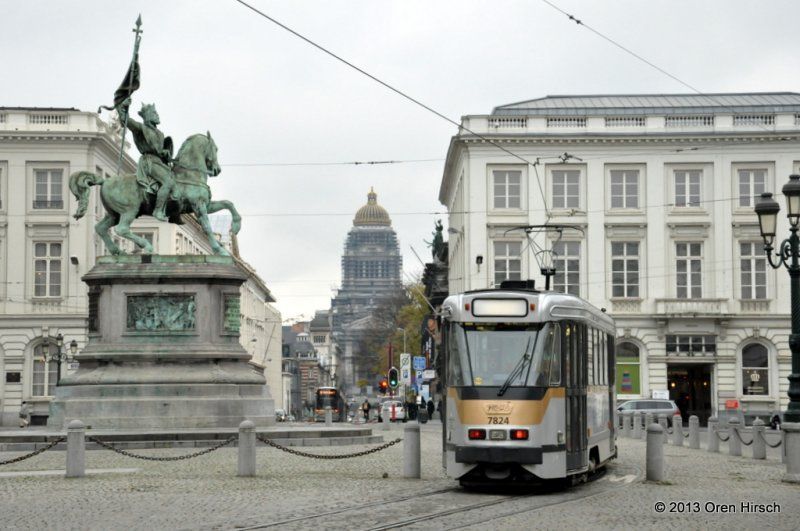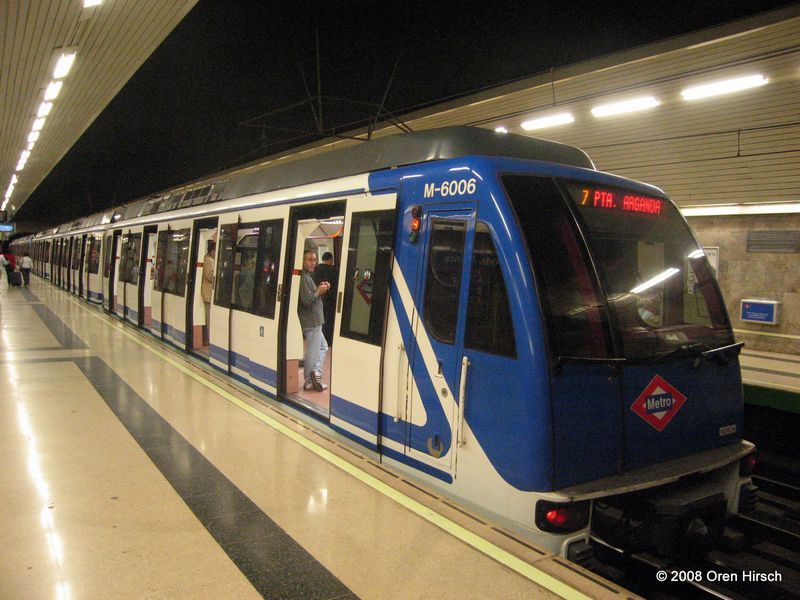
MPI MP36PH-3C 107 leaving Santa Fe Depot, August 3, 2018
Just south of the Santa Fe Depot in Santa Fe, NM is an area called the Railyard. This area has been the terminal of a train line since the 1880s, and the Railyard area was in fact the rail yard serving the adjacent train depot. As was the case in many places throughout the United States, after the construction of the Interstate Highway System, rail traffic diminished and eventually, the Atchison, Topeka and Santa Fe Railway discontinued service to one of its namesake destinations (though service was maintained via the short line Santa Fe Southern Railway until 2008, and then by the New Mexico Rail Runner Express). The area became blighted due to the significant reduction in the railyard’s importance to the city. Redevelopment plans were announced in 2002, when it was decided to make the 50 acre area an arts district owned by the City of Santa Fe that would retain the historical, industrial feel that the area had been associated with for so many years. The area is now host to a Farmers Market, Hispanic cultural center, teen art center, restaurants, performance spaces, shops, art galleries, cinema, and residences.
Southbound New Mexico Rail Runner Express trains to Albuquerque pass through the Railyard immediately upon departure from the historic Santa Fe Depot. When I was walking through this area in 2018 and saw the water tower adjacent to the tracks, I figured a photo of a train passing through this part of the development would be a stunning one. Although I rarely do this, I applied a sepia tone to the photo for this post in order to give the photo a vibe that might be reminiscent of the area from a bygone era.
What do you think of the sepia tone photo? You can compare it to the original version by clicking here.






